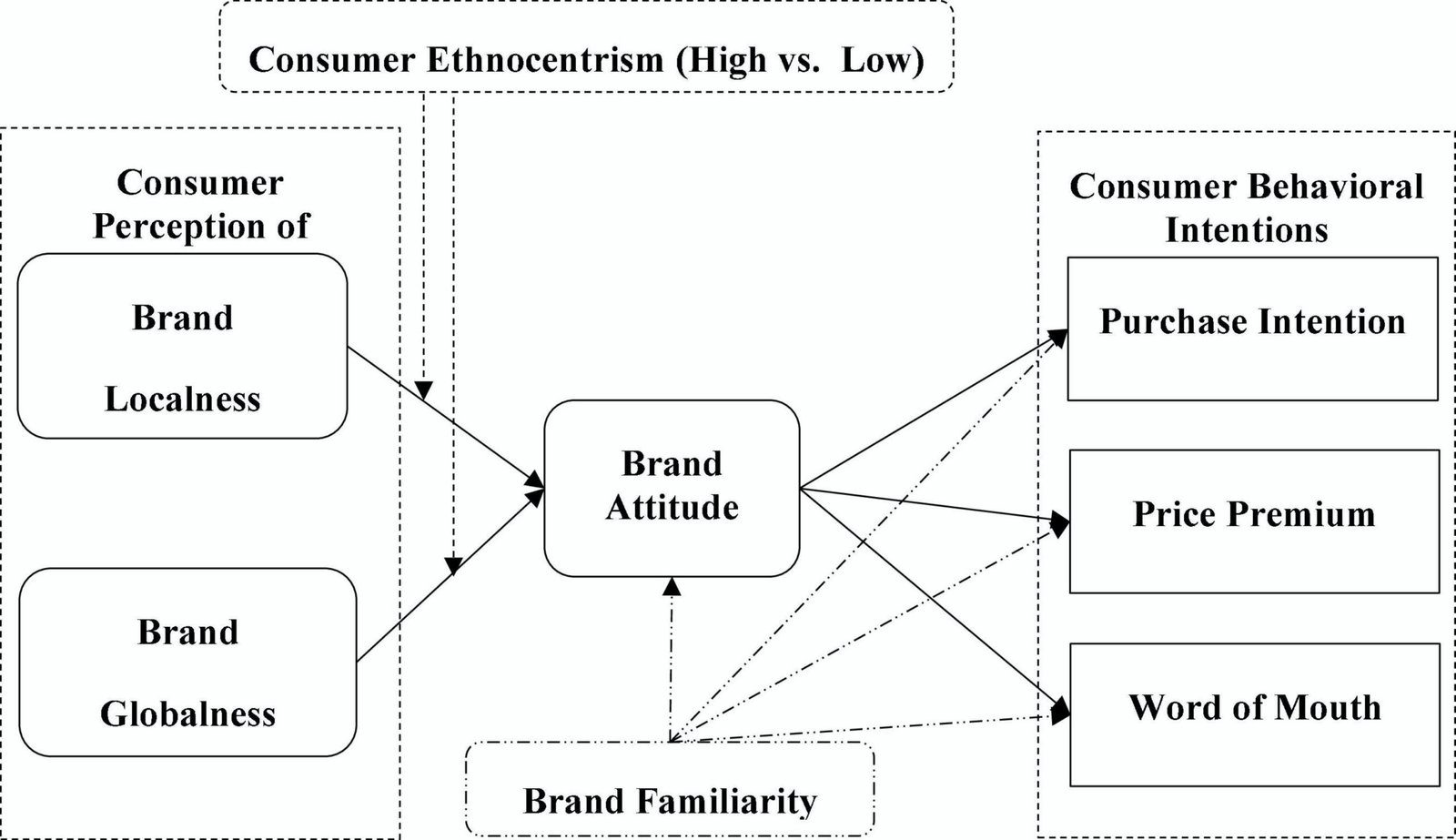Branding design is a strategic and creative process that involves crafting a unique visual and emotional identity for a company, product, service, or individual. It goes far beyond the creation of a logo; it encompasses the entire visual and sometimes even sensory representation of a brand. Effective branding design not only establishes recognition but also conveys a message, values, and personality, ultimately influencing how the brand is perceived by its target audience.
The Components of Branding Design
Logo: A logo is often the most recognizable element of a brand. It’s a symbol or visual representation that encapsulates the essence of the brand in a simple, memorable form.
Typography: The choice of fonts and typography style plays a crucial role in reflecting the brand’s personality and tone. Different fonts evoke different emotions, from modern and sleek to classic and elegant.
Color Palette: Colors have the power to evoke emotions and associations. A brand’s color palette helps establish its visual identity and can contribute to conveying messages about its values and characteristics.
Visual Elements: Beyond the logo, other visual elements such as icons, patterns, and graphics can help create a consistent and cohesive brand identity across various platforms and materials.
Photography and Imagery: The style and type of imagery used in branding materials can also contribute to the brand’s identity. Whether it’s vibrant and energetic or subdued and sophisticated, imagery reinforces the brand’s overall message.
Voice and Tone: While not strictly visual, the brand’s voice and tone are integral to its identity. The way a brand communicates, the language it uses, and the emotions it conveys all contribute to how it’s perceived.
Packaging and Product Design: For companies with physical products, the design of the packaging and the product itself is a vital aspect of branding. It communicates the quality, innovation, and values of the brand.
The Importance of Branding Design
Differentiation: In a competitive market, strong branding design sets a brand apart from its competitors. It helps consumers recognize and remember the brand among a sea of choices.
Trust and Credibility: A well-designed brand exudes professionalism and reliability. Consistency in branding design across various touchpoints builds trust with consumers.
Emotional Connection: Effective branding design has the ability to evoke emotions and create a connection with the audience. This emotional bond can lead to brand loyalty and advocacy.
Message Conveyance: Through branding design, a brand’s values, mission, and unique selling points can be visually communicated, helping consumers understand what the brand stands for.
Memorability: A strong visual identity is memorable and makes a lasting impression. Consumers are more likely to remember and recognize a brand with a distinctive design.
Creating Effective Branding Design
Research: Understanding the target audience, market trends, and competitors is crucial. This research forms the foundation of the branding design strategy.
Strategy: Based on the research, develop a clear branding strategy that outlines the brand’s personality, values, and desired perception.
Design Exploration: Work with designers to explore various design concepts, experimenting with typography, colors, imagery, and layouts.
Consistency: Consistency is key in branding design. Apply the chosen design elements consistently across all brand touchpoints, from websites to social media to packaging.
Adaptability: A brand’s design should be adaptable to various contexts and platforms while maintaining its core identity.
Conclusion
Branding design is a powerful tool that enables brands to communicate their essence, values, and personality visually. It encompasses a range of visual and emotional elements that together create a unique and memorable identity. With the right approach and execution, branding design can foster customer loyalty, establish market presence, and shape how a brand is perceived in the eyes of its audience.



